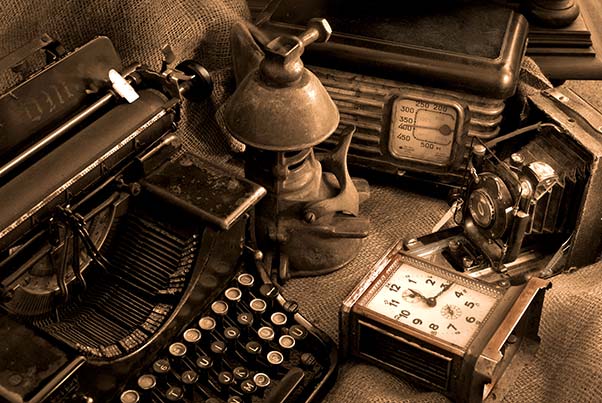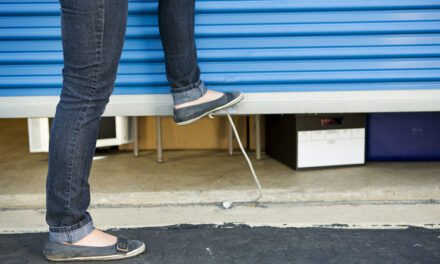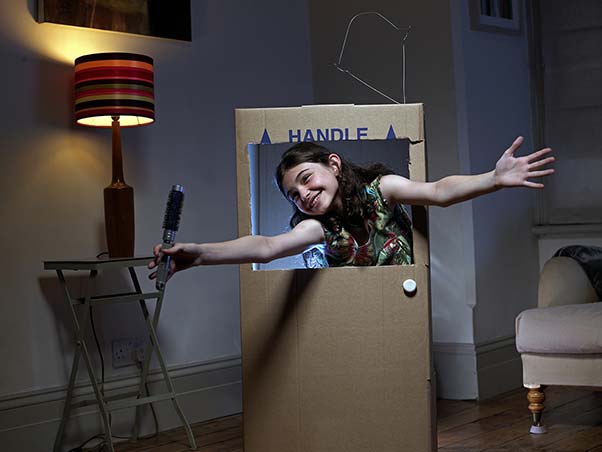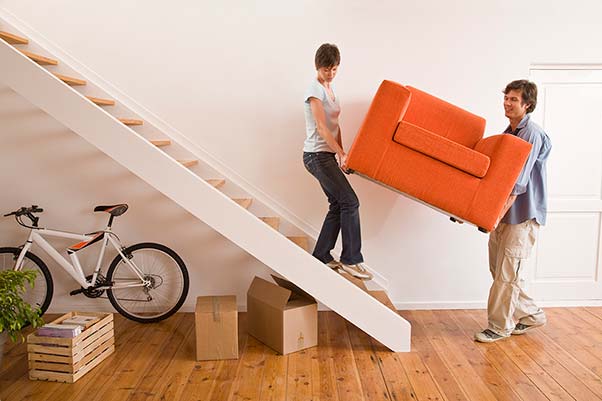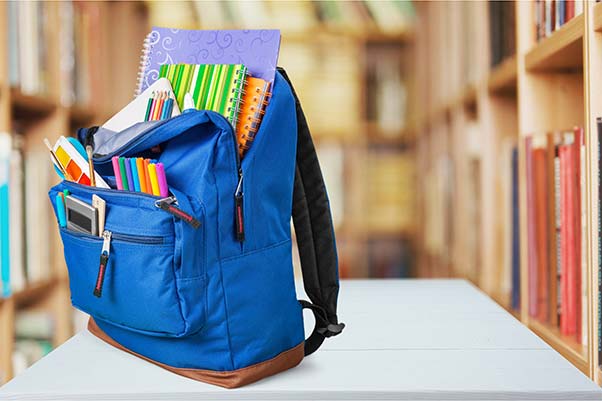Antiques are often passed down from one generation to the next. These heirlooms are treasured as a way to capture memories of loved ones and link us to the past. For collectors, antiques can bring beauty to their homes, complete a collection, or raise the value of their investment portfolio. If for no other reason, antiques have intrinsic value due to their age and craftsmanship. However, furniture antiques can take up a lot of space in a home or be difficult to protect in a busy space.
Storage can be an excellent idea for furniture antiques you want to maintain for a long time. However, large and delicate antiques require a lot of care and preparation to ensure they are packed and stored correctly. In fact, the value of your antiques is largely based on how well they are preserved and how they’re stored when not on display.
In this article, we’ll discuss how to store antiques — specifically furniture.
Inventory Your Antiques
Safe storage for valuables begins with good preparation. Begin by making a list of all the antiques you want to store. It’s a good idea to take measurements of your pieces and create a description of each piece.
Seek Appraisals and Insurance
Get each item appraised so you have a good idea of its value. If you have any receipts or certificates of authenticity, make sure to file these along with a good photograph of each item. Once each item has been inventoried and appraised, you should get insurance coverage. Remember, if an item is worth storing, it is worth insuring.
Clean Your Antiques
Before your furniture and other antiques go into storage, make sure they are in the best condition possible. Take the time to thoroughly clean each item. Start by wiping down your furniture to remove any dust or dirt. For wood antiques, treat them with wax and polish as needed. Leather items should be treated with leather conditioner and wiped down. Metal objects should also be wiped down with oil prior to being stored. Always use gentle cleaning products that are appropriate for the surface you’re cleaning.
Disassemble Your Antiques (If Appropriate)
It may be best to disassemble certain antiques, especially heavier antiques, larger furniture that may be difficult to store, or antiques with weak or older pieces. For example, you may be able to take shelves out of wardrobes, legs off chairs, or headboards off bedroom furniture.
Taking apart antiques isn’t right for every piece, so use your discretion. If you aren’t sure, keep it in one piece.
Wrap Your Furniture
Wrapping furniture for storage is always a good idea. Wrapping will protect your antiques during the moving and storage process and will also help protect your valuables from dust, the elements, and critters.
Take care of how you wrap your furniture. For wood antiques, stay away from bubble wrap, which can trap water and encourage the growth of mold or wood rot. Instead, consider using fabric covers like sheets, furniture pads, or blankets.
Art
Valuable paintings should be wrapped in glassine (a special air and water-resistant paper), placed in clear plastic, and stored inside a custom-made wooden crate surrounded by cardboard or foam to further protect it. Artwork should also be stored vertically to reduce the likelihood of damage.
Mirrors
Mirrors and other glass items should be covered with bubble wrap, a blanket, or other protective covering and secured with packing tape or plastic stretch wrap. There are also special boxes that are designed specifically for packing mirrors. Mirrors and glass items should be stored flat and have nothing on top of them, as this can cause them to break or collapse under their own weight.
Rugs
Rugs should be cleaned, vacuumed, rolled up tightly, and double-wrapped in plastic.
Put Your Antiques in Boxes
Furniture items are often large, but that doesn’t mean you should just move them “as is.” Instead, box up each item if at all possible. Boxing your antique furniture adds an extra layer of protection, which can help preserve it. Storage companies and moving companies may be able to provide boxes for furniture.
Choose the Right Storage for Furniture Antiques
You’ll want to find a dedicated storage area for your valuables, whether on your property or in a self-storage unit. Think twice before storing antiques in your garage, attic, or basement since these locations are prone to pests and temperature and humidity extremes that could damage your valuables.
The proper storage for valuables should be in a temperature and humidity-controlled location, such as a climate-controlled storage unit or within your home. You also want to make sure that the location is protected from pests such as moths, cockroaches, or mice.
Another consideration is the security of the location. If you are storing your antiques outside of your home, make sure that the storage facility has security cameras, gated access, and alarms at a minimum.
Finally, make sure your storage space is large enough to accommodate your furniture. We strongly recommend against stacking furniture. Though stacking will save space, it can also lead to damaging your antiques. Your storage space should be big enough to fit all your furniture without stacking.
Transport Your Furniture
Once you find the right storage location, you will need to get your valuables there. Transporting your antiques is the step in the process with the most potential to result in damage. If you are having your belongings moved for you, make sure to hire a reputable company with plenty of references and opt for insurance coverage.
If you are doing the moving yourself, Price Self Storage offers complimentary carts and dollies at the facility. Either way, you should rent a drive-up unit or an inside unit on the ground floor so moving and accessibility is easiest and damage is limited. If your storage unit is on an upper level, however, it should at least have elevator access.
Store Any Size Antiques With Price Self Storage
Now that you know how to store antiques, where should you store them? The answer is Price Self Storage. We offer small, medium, and large storage units, so we’re sure to have the right-sized storage unit for your needs. Our medium units can hold several pieces of antique furniture, while our larger units can hold multiple rooms’ worth of furniture and other valuables.
We also offer several security features, including lights and cameras in our facilities and gates that are only accessible to our current customers. We provide locations throughout California, so you can always be near your valued possessions.
By choosing the right storage location, doing a little extra preparation, and some very careful moving, your antiques should stay in great condition, and you will be able to enjoy them for many years to come.

